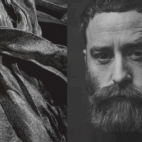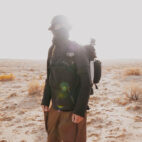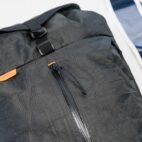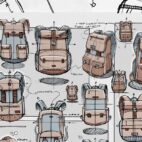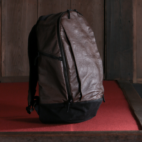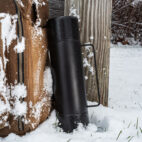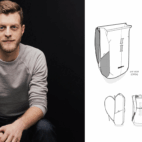
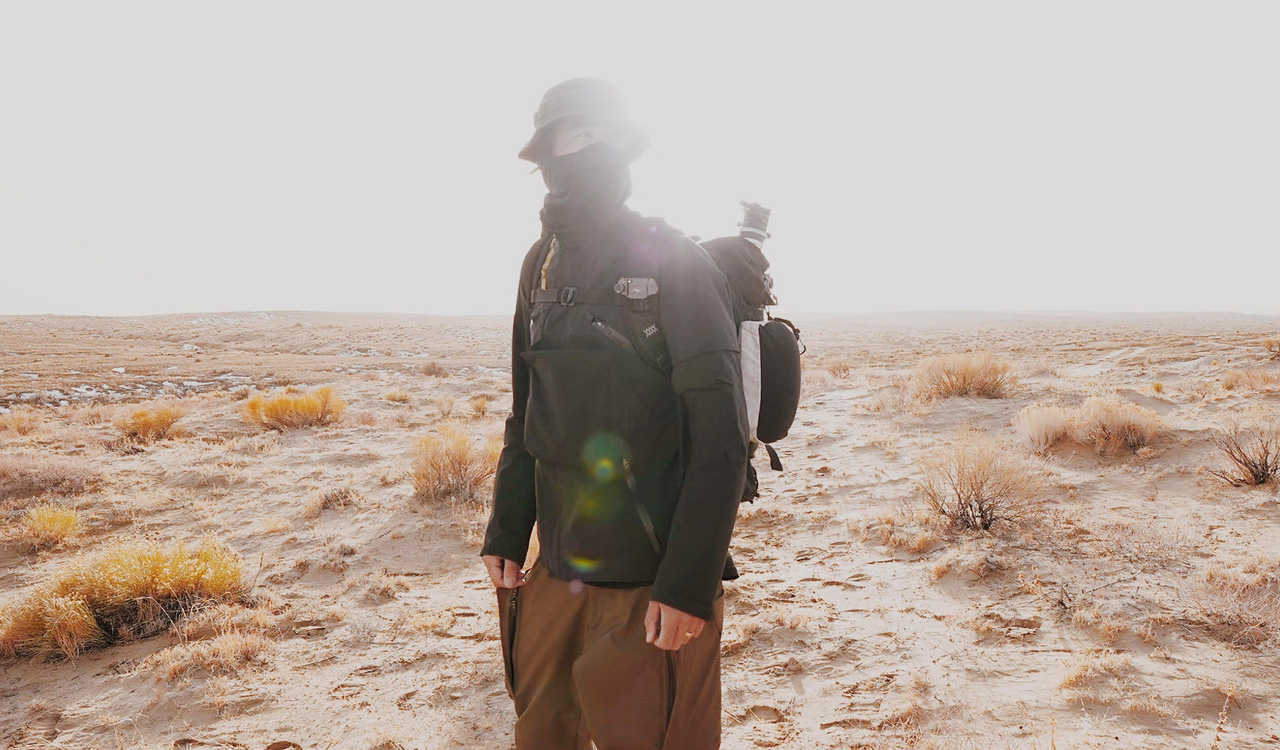
Reuben Wu, a National Geographic photographer and artist, has wandered across the earth more than most, driven by a relentless urge to see things differently. His work has been called ‘otherworldly,’ sparking whispers of alien landscapes, but it’s simpler than that. He’s just trying to see nature anew, to celebrate its raw beauty, and maybe, just maybe, he’ll get us to look at it differently too.
His signature work with drones and aerial lighting has captured imaginations, weaving through the cultural moment like a shimmering thread in the dark. He calls himself an ‘artist working as a photographer,’ but that barely scratches the surface. He’s shed layers, evolved, and now stands as a force in contemporary photography. His journey? It’s nothing short of extraordinary.
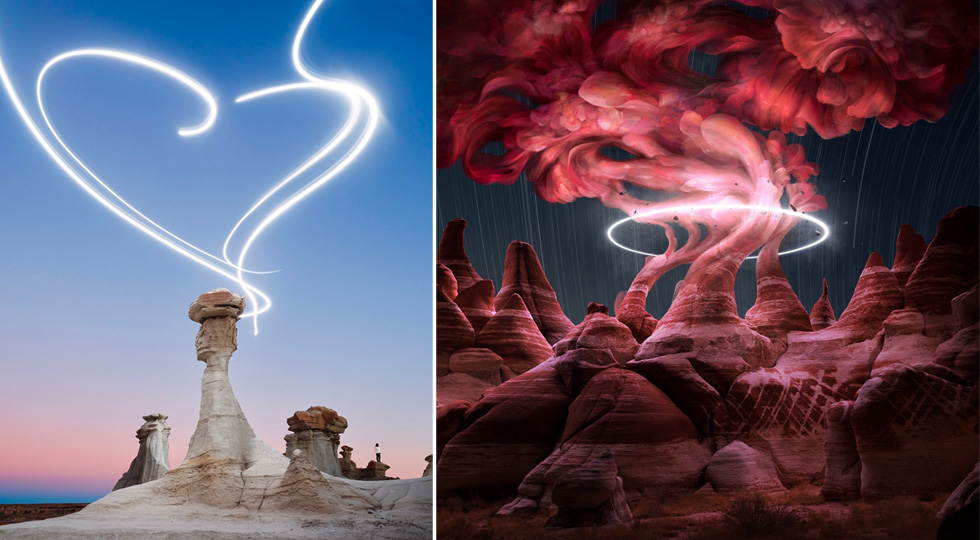
Beginnings
As a boy, Reuben grew up in the industrial grit of Liverpool, England. The gray skies, the docks—there wasn’t much beauty there. But just beyond the city’s gloom, the wild called to him. The Lake District, North Wales, the Yorkshire Dales—three national parks that became his refuge. “Liverpool is industrial,” Wu remembers, “but those places were just a 40-minute drive away.” He escaped into them, camping and hiking with his parents, and that’s where his love for the outdoors took root.
Those childhood outings weren’t just pastimes; they shaped him. “I grew up outdoors,” he says. “That’s where my passion was born—in nature, in solitude. Hiking, camping—that’s where I find peace, where I’m truly myself. There’s a freedom out there, a silence that you can’t find in the world of men. It’s a different kind of living.”
Art and Design (and Ladytron)
As a young man, Wu’s path wavered between disciplines, searching for its true direction. In his late teens, he chose industrial design for college, not because he loved it, but because they told him art wouldn’t pay the bills. He dabbled in black-and-white photography, but the bleak industrial sprawl of Sheffield left him cold. “I decided I didn’t like photography,” he says, almost dismissively.
But that early judgment didn’t mean he was lost. Industrial design suited his curiosity about objects, their forms, and their functions. “I’ve always been fascinated by how things look and work,” he says. He spent years in consultancies, earned patents, and dug deep into the mechanics of design. Yet, his creative spirit couldn’t be confined. In his twenties, he veered into electronic music, DJing, and forming a band—Ladytron—with a friend in Liverpool.
The band took off. Singles hit big, deals were signed in LA, and Wu stood at a crossroads: stay in industrial design or hit the road with the band. He chose the road, and for nearly a decade, he lived the life most only dream of, touring the world. But the gigs blurred together, and the road became a loop. So Wu picked up a camera again, this time to capture the world he was moving through.
“I was traveling to these wild places, places few had seen. They sparked something in me, something I couldn’t ignore. So I started practicing, experimenting with film and old cameras.”
The rhythm of travel and photography became intertwined, peaking in a solo journey to Svalbard, Norway, in 2011. It was his first real photography adventure, separate from the band. In Svalbard—a land of icy peaks, fjords, and a sun that refused to rise—Wu created his first cohesive body of work. It became the turning point. The band went on hiatus, and Wu, camera in hand, never looked back.
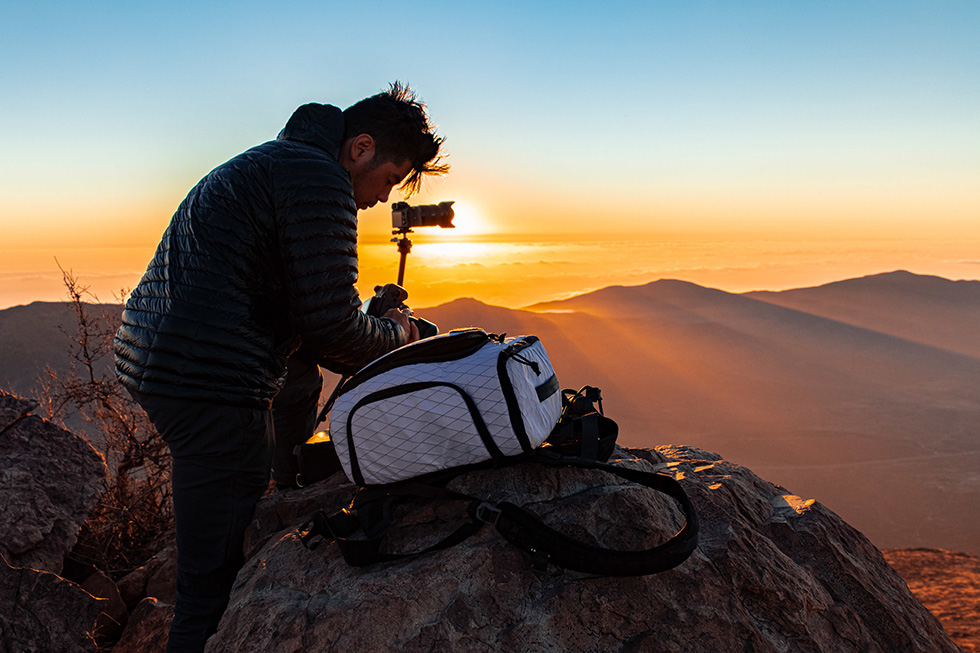
New Dimensions
But how did Wu move from Svalbard to the signature style that now defines him? It started with a switch to DSLR. “I was drawn to long-exposure photography,” he says, “trying to push the camera beyond what the eye can see. Long exposures reveal a different dimension of the world.” He was also experimenting with time-lapse and picked up a digital camera to explore video. One night in the California desert, while capturing a time-lapse of the Trona Pinnacles, a pickup truck drove in, headlights blazing. It was 2:00 a.m., a peaceful night shattered by light. At first, he was furious, thinking his time-lapse was ruined. But later, when he reviewed the footage, something clicked. The artificial light had transformed the scene, altering the mood in a way he hadn’t anticipated.
Wu realized the power of artificial lighting in landscapes, especially at night. “Landscape photography often relies on the sun or the moon,” he explains, “which limits you. The idea of using artificial light in unexpected places intrigued me.” He started experimenting with drones, not for pictures, but as flying sources of light. “Drones aren’t great in low light, so I attached a light to one. Flying it through the darkness, casting light where you wouldn’t expect it, created a jarring effect. I could control the light in a way that conventional landscape photographers couldn’t. I was creating my own lighting, my own mood, rather than waiting for it to happen.”
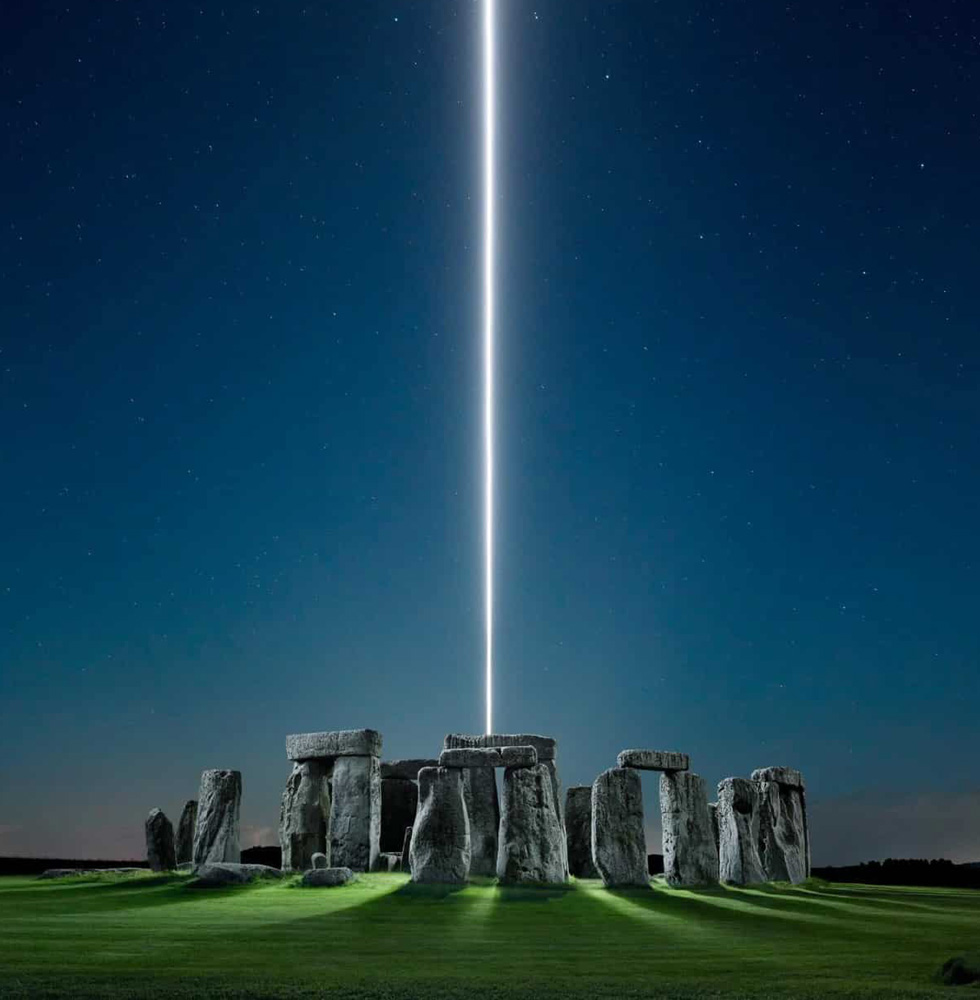
Through this experimentation, Wu began to carve light into his landscapes, etching luminous lines that transformed natural scenes into something ethereal, otherworldly. These images captivated the public imagination, and in 2022, his work on Stonehenge landed him the cover of National Geographic.
Reuben Wu’s journey is a testament to an artist’s restless spirit, one that refuses to settle for the ordinary. From the industrial heart of Liverpool to the pulsating rhythms of Ladytron, and finally to the vast horizons of his photographic work, Wu has always sought to transcend the limits of his environment.
And his journey hasn’t been confined to art alone. In 2019, he returned to design, collaborating with Mark Falvai of Mission Workshop on the (unreleased) ARCA LUX camera bag. It wasn’t just a backpack; it was a vessel for exploration, perfectly suited for adventures like his own. This project merged his love for design and art, a symbol of his relentless pursuit to see the world in new ways.
His work, with its luminous creativity, reminds us that art often emerges where passion meets precision. And isn’t that something we’re all chasing, in one way or another? I’d like to think so.
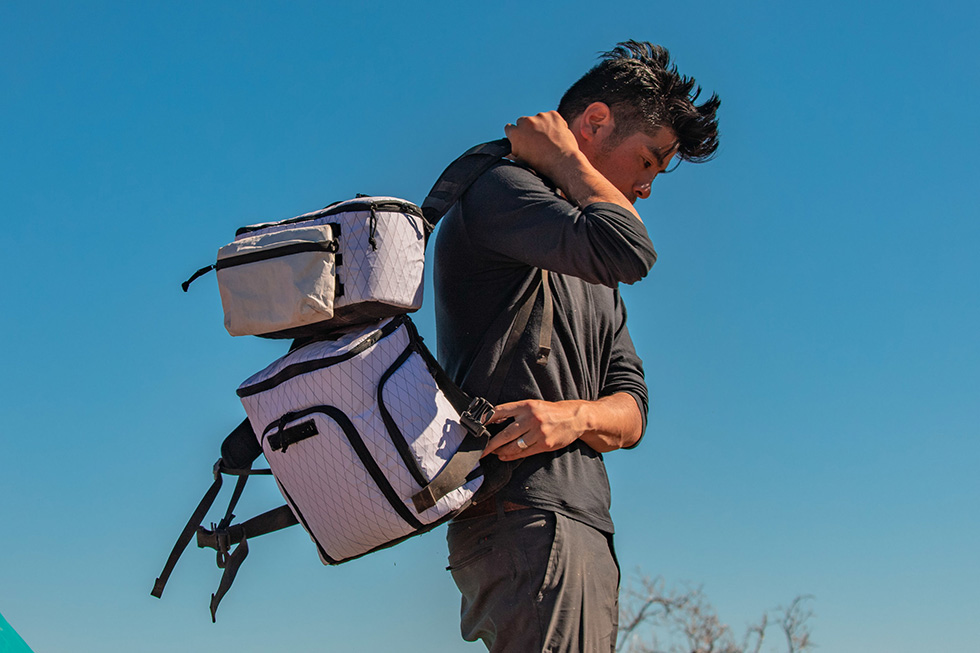
Pro Tips | The Art of Exploration and Equipment
Reuben admits he’s been incredibly busy over the last few years, traveling all over the world, and that the adventures he embarks on—the ‘getting to’ the places he photographs—are a large part of his motivation. Over the years—touring and making art—he’s fine-tuned the way he carries his gear and has shared some tips and tricks:
Taking Care of Your Gear: ‘Hot Swap’
“I’m taking planes everywhere and carrying a lot of photographic equipment, so I have to be really careful about what is checked in and what is carried on. I always carry on my essential equipment: every camera, lens, computer, and battery. Everything else goes into the checked luggage. This often means that my carry-on is insanely heavy, but it is the only way I can travel. My bag of choice is a small Pelican hard case carry-on. Inside that, I have an f-stop insert, which holds all of my camera gear. I also carry a backpack with me. If I’m told that I have to check in my Pelican case, I can pull the insert from the Pelican and put it into my backpack, allowing me to ‘hot swap’ those really fragile items instantly into my backpack and then throw other things back into the Pelican very easily.”
Spares and AirTags
“For everything else, like tripods, I carry backups. I take large Pelican cases and expedition duffels full of clothes. I also conceal AirTags in each piece of luggage, so if someone steals a case, they wouldn’t know it’s there. This allows me to know exactly where my cases are, even if they are lost.”
Always a List
“When packing and preparing to leave, I have an itemized list, a Google Doc, that I update for each trip since each one is different. If it’s for a commercial job, I also create a list of all the gear I’m taking and get it signed and stamped to avoid issues with customs.”
Layering Is Key
“On location, I keep my cases inside the car, which stays at a base camp area. Everything I need to hike with goes in my bag. For extreme cold, I take layers, like a base layer of Merino, down pants, Gore-Tex shells, and sometimes heated insoles for my boots. For upper body layers, I have a mid-layer shirt, down layer, and Gore-Tex shell. I prefer brands like Pelican for cases and Norrøna for Gore-Tex shells. Vollebak shirts are fantastic, especially the Planet Earth Shirt.”
Design Talk
Have You Ever Modified a Piece of Gear?
“Yes, lots. A recent modification is my Vollebak hat. It has a sun flap, but there’s no way to put the sun flap away when you don’t need it. So, I figured out a way to install a loop inside where I can roll it up and put it away. I put buttons on the outside so it attaches there rather than on the inside. I guess it’s my design background kicking in; I like to modify things and make them better for me.”
Tell Me More About the Bag You Co-Designed With Mark From Mission Workshop.
“Yes, we developed a camera backpack together called ARCA LUX. It was pretty amazing but never released. You might have seen it; it was a white Ultra or Dyneema with a bunch of modular components. One of the things I was really interested in was a modular insert inside, where you could stack inserts. Also, having a flap that opens out rather than up. When they open out, everything can fall out, which has happened to me before with bags like Peak Design. Having a flap that comes out this way allows you to access it from the top.”
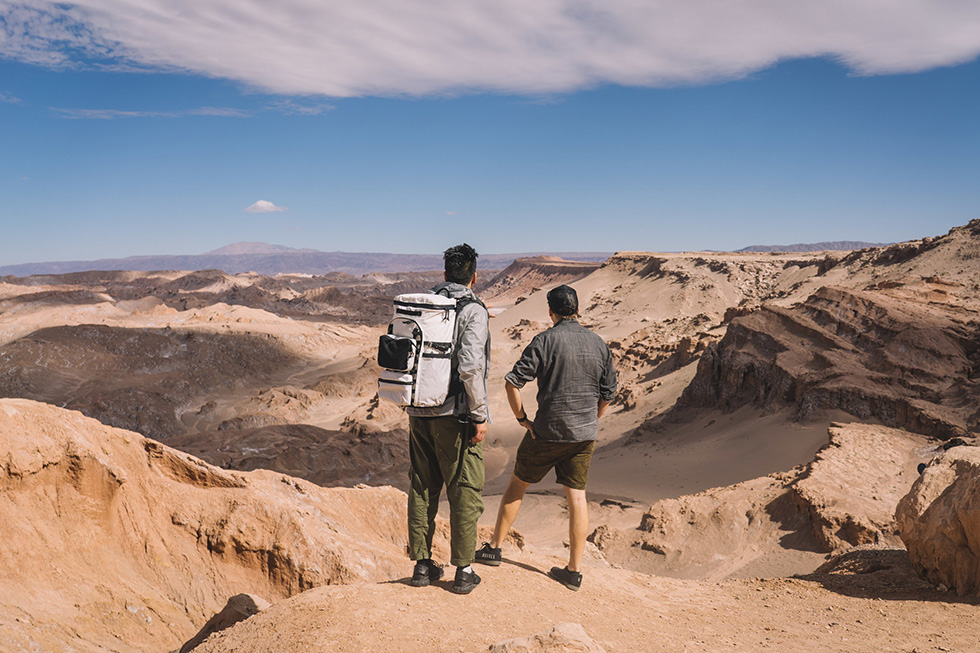
Carry Talk
I Know You’re Into Backpacks—Can You Tell Me About Your Personal Collection?
“I’ve been into backpacks since I was 16, like Berghaus and Karrimor adjustable systems from the UK. Embarrassingly into hiking equipment. But my current collection looks like this:
- MW Arkiv R2 Field Pack
- MW Vandal
- MW Integer (in custom white Dyneema)
- MW x Carryology Mars Pack, modified to carry a tripod
- MW Rhake (with ARCA LUX modules)
- MW ARCA LUX (modular camera bag prototype in white Dyneema)
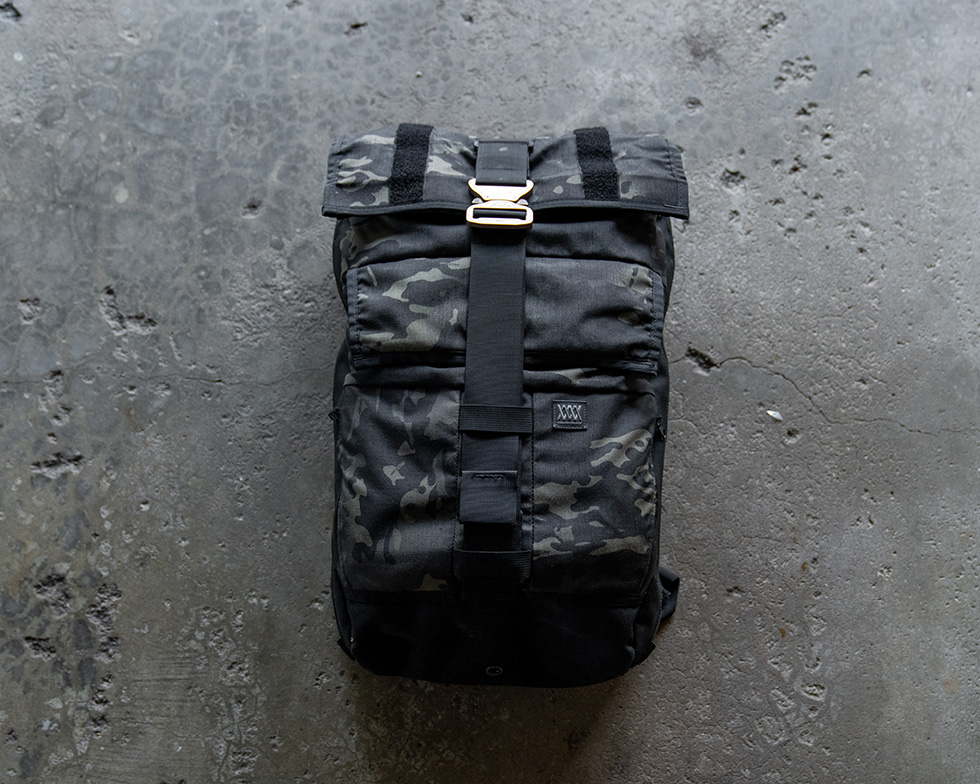
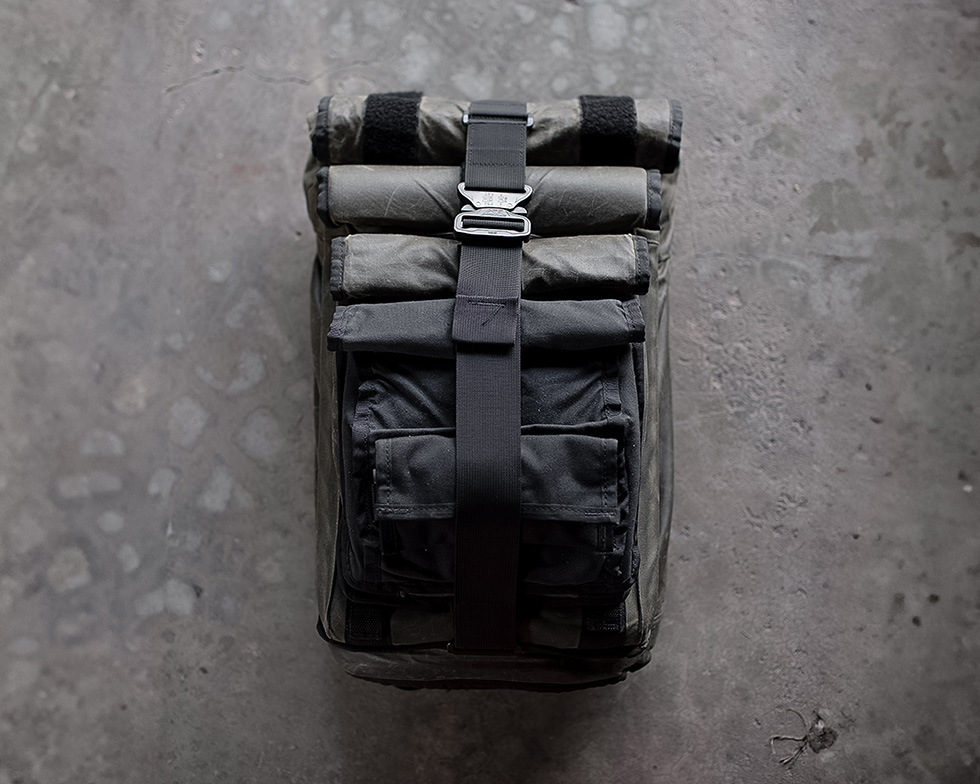
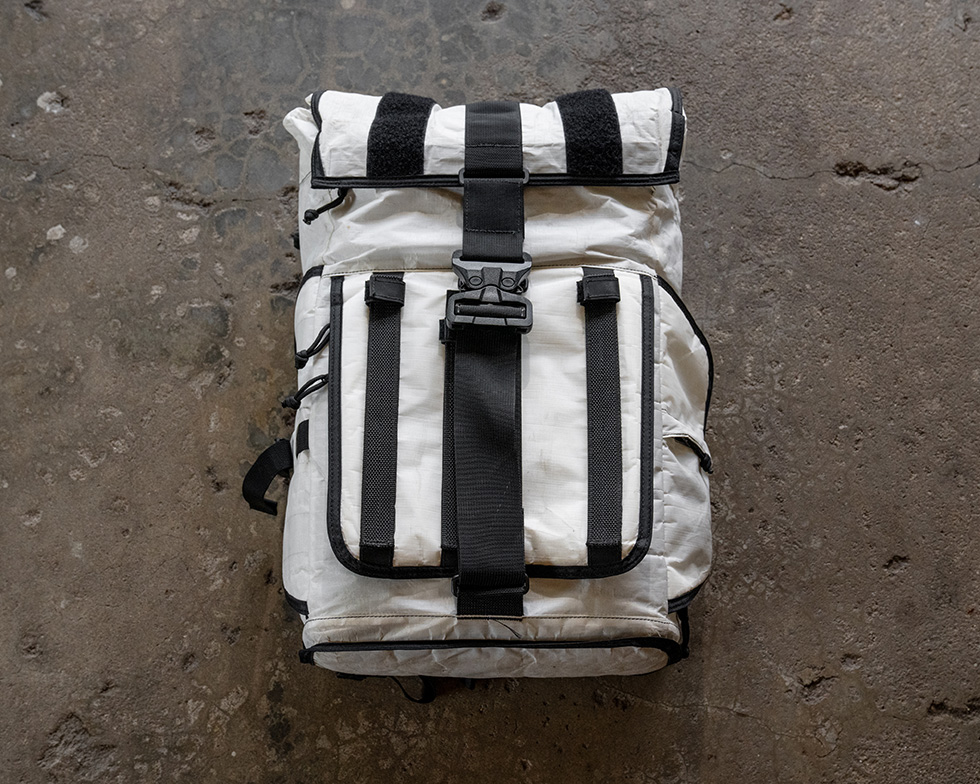
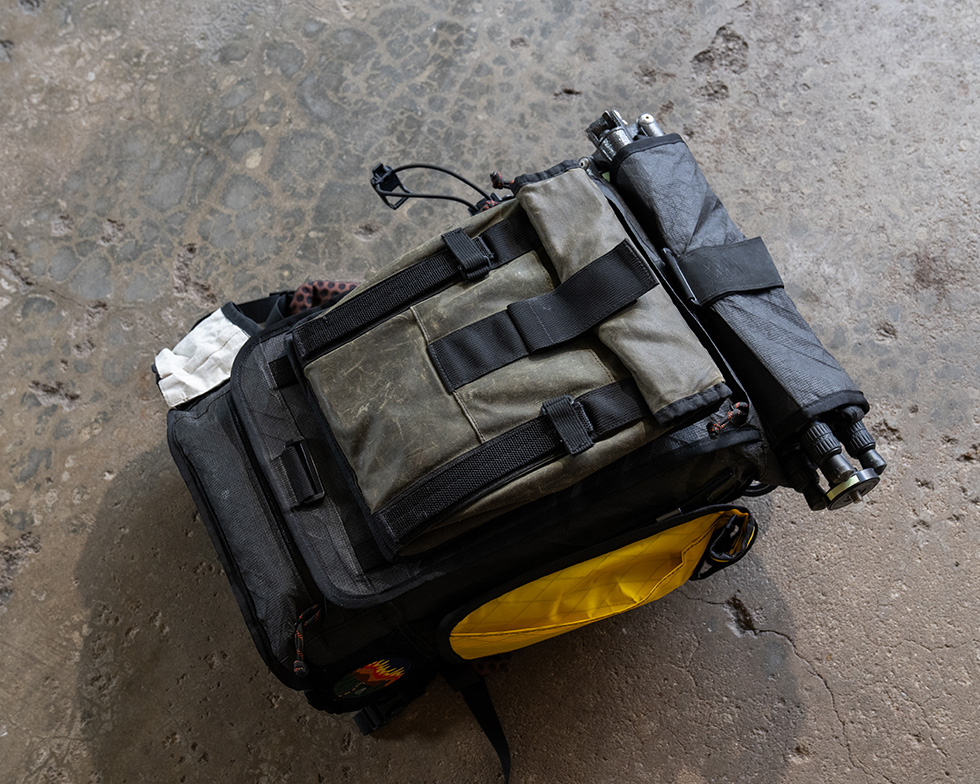
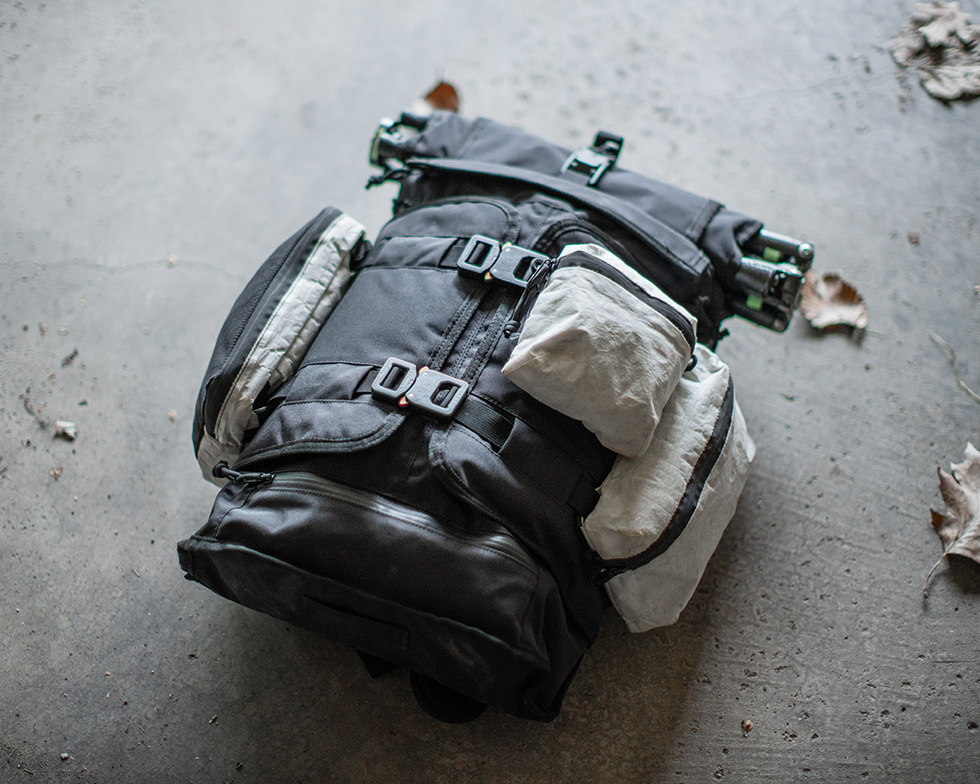
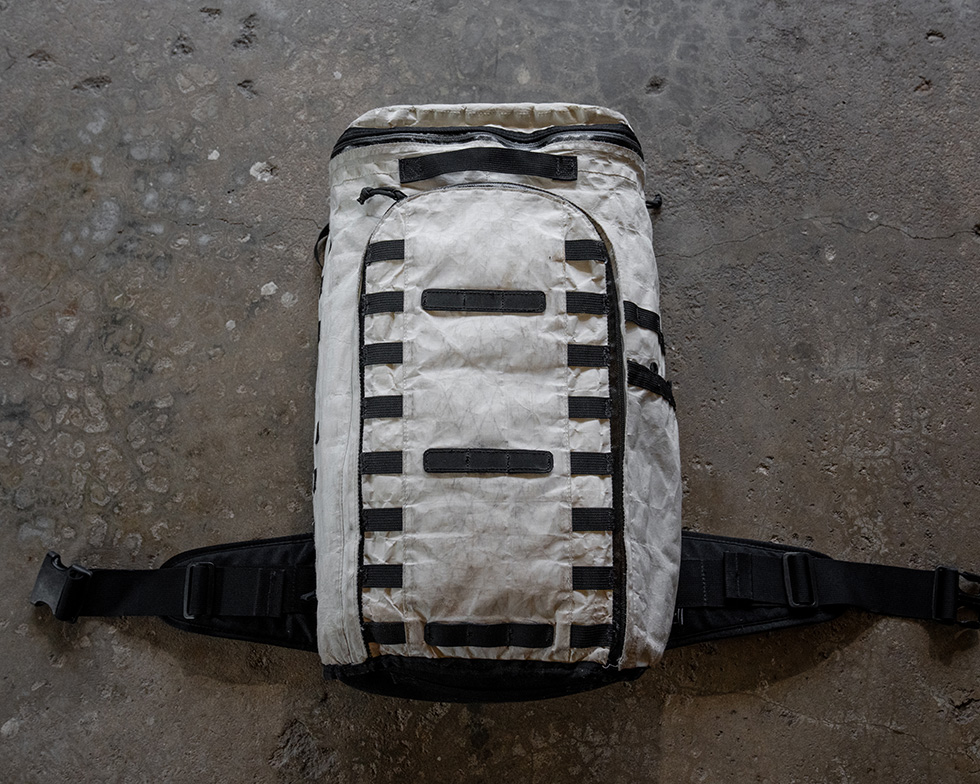
- Shimoda Action X50 camera pack
- PolarPro Boreal camera pack
- Colfax Design Works Lumbar Pack
- Colfax Design Works TOAD dry bag
- Swiss Army vintage rucksack
- f-stop Sukha 70L
- MW Khyte VX“
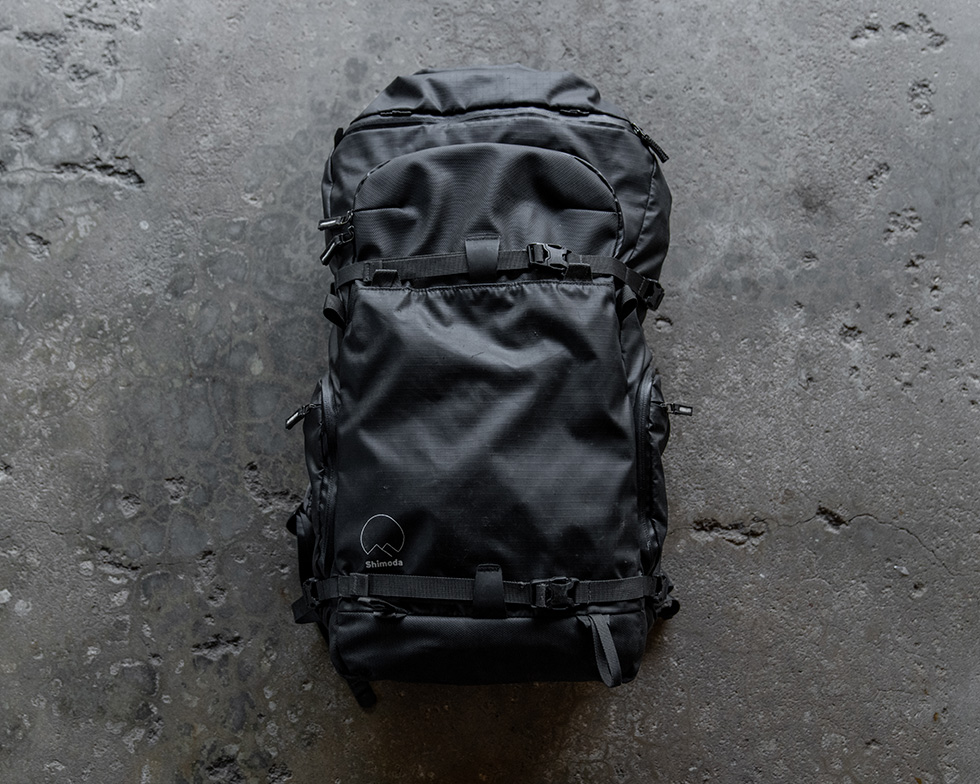
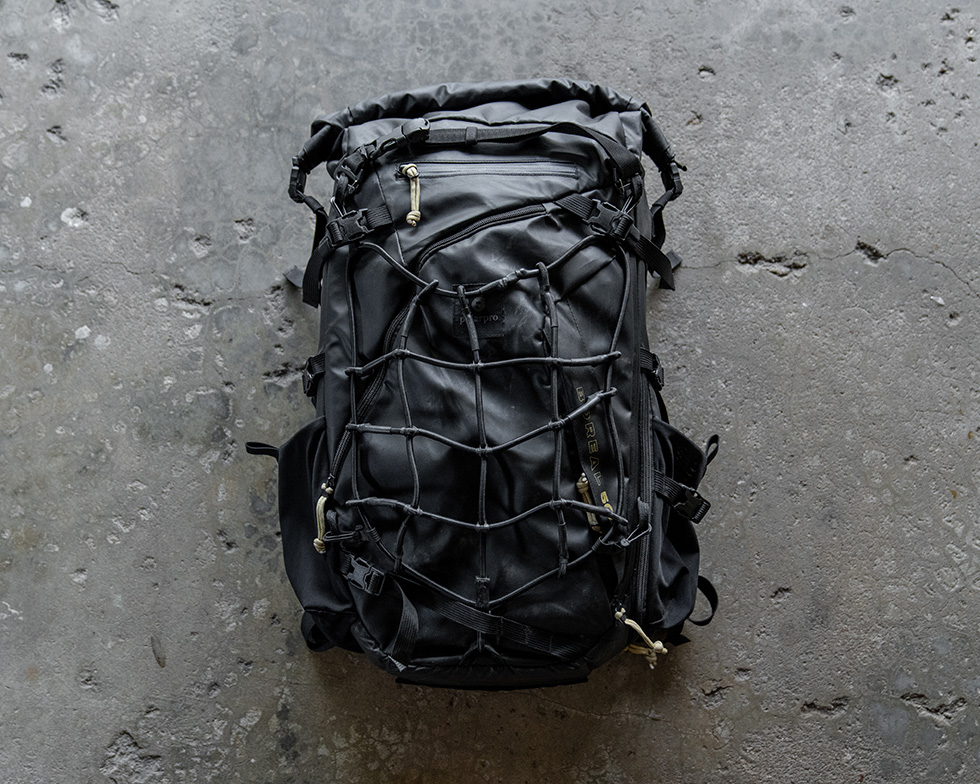

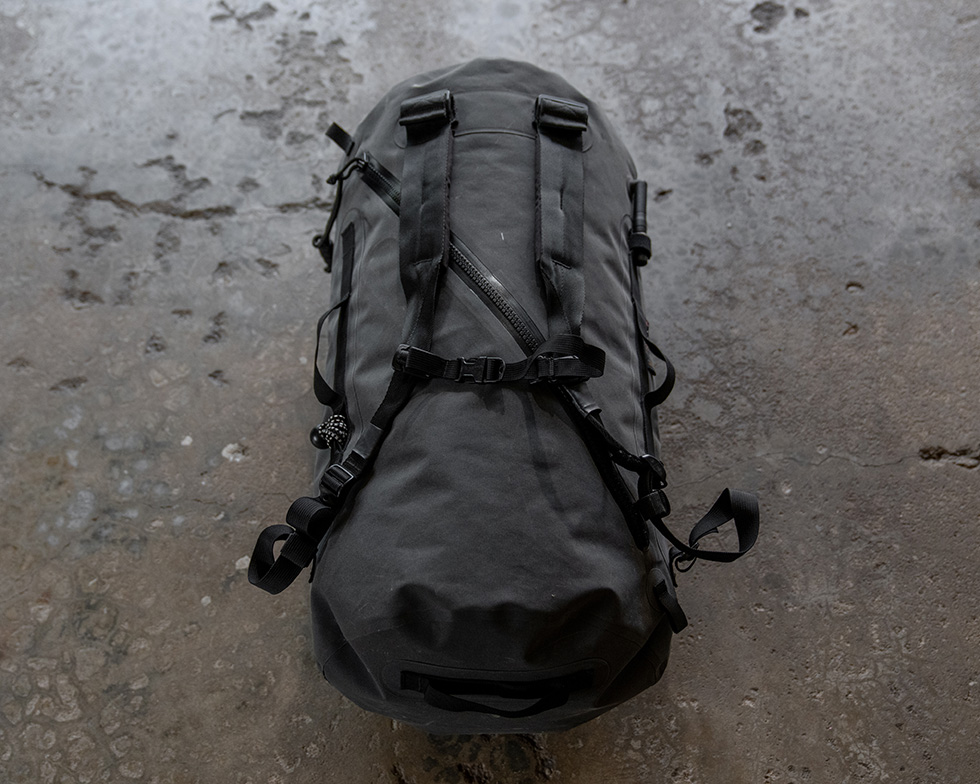

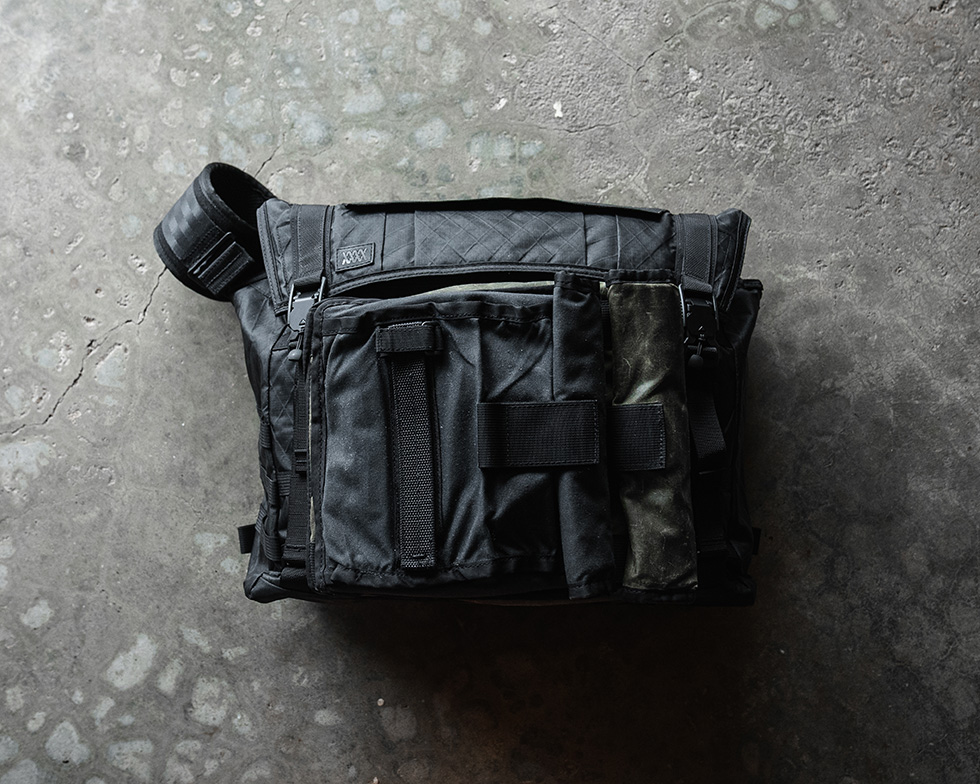
Travel Talk
You’ve Done a Lot of Traveling With Your Music and Art. What Have You Learned About the Art of Travel?
“I feel like I had my most intense travel experiences when I was touring with my band and making pictures along the way. Because of the rigorous schedule of touring, my time to explore was very limited, so I was always very efficient with my time and did not waste a minute. I stored my Brompton bicycle on the tour bus so I could get around on my own, or I would rent a car if I needed to go further afield. Every gap in my schedule I devoted to exploring brutalist architecture in Prague at night, or an abandoned fairy castle near Beijing, or a derelict CIA listening station in Berlin.
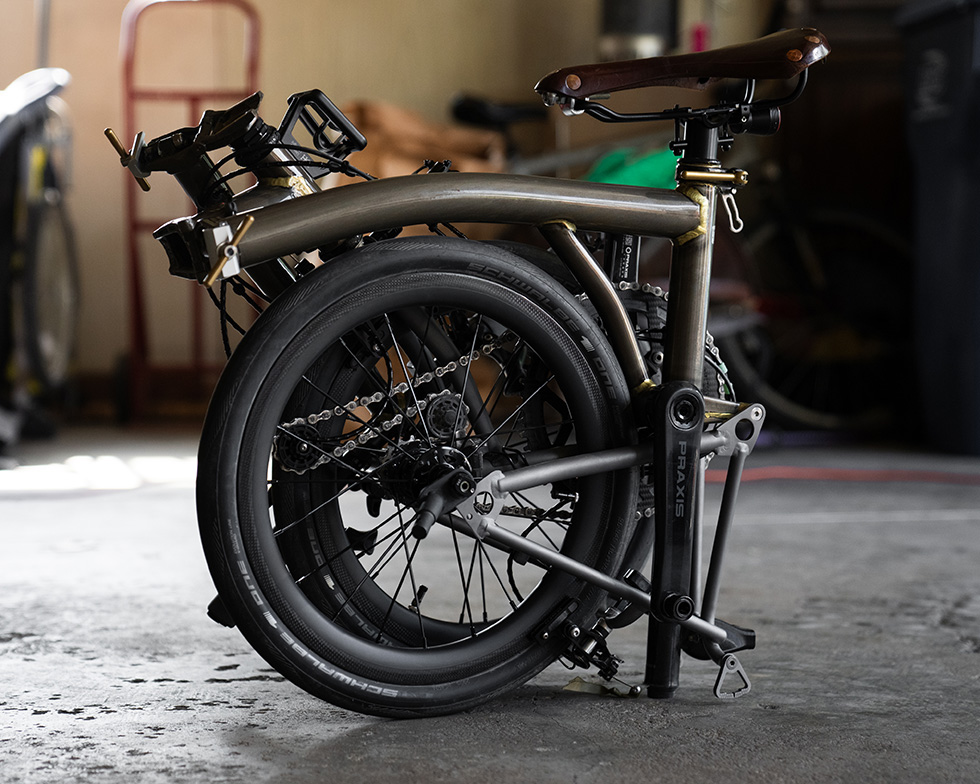
And if you really want to move fast and light, do it alone. Traveling by yourself changes your experience of a place and a journey. Suddenly, you take on sole responsibility over your actions and your situation. Rather than enabling you to make connections with other people, solo travel enables you to make vital connections with yourself. It changes you and what you get out of it. Solo travel is important to experience at least once, and I hope to be able to do it again someday.”
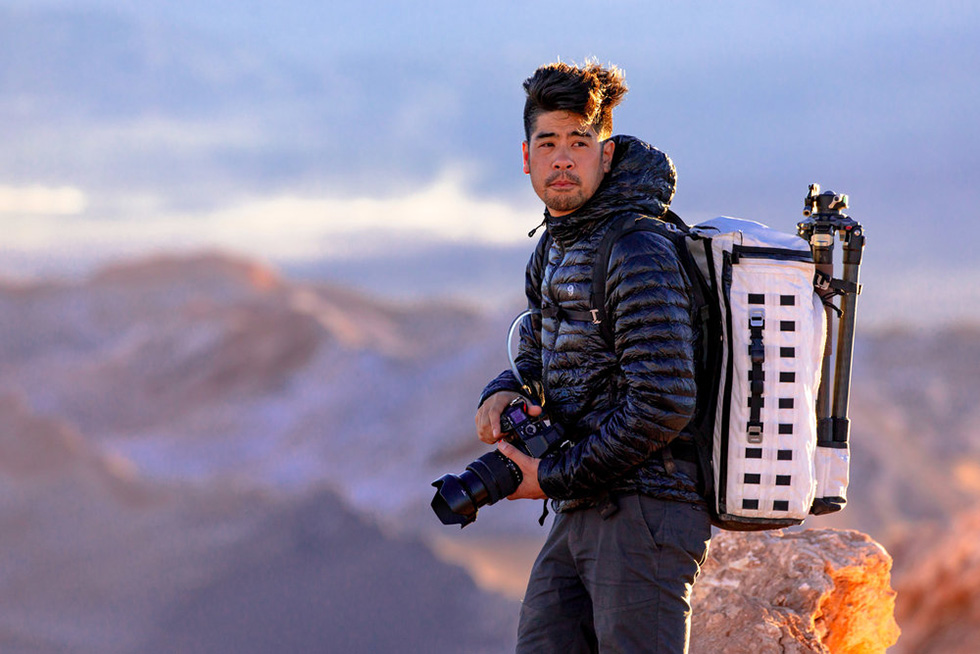
5 Must-Have Essentials That You Never Travel Without?
Vollebak Lightweight Planet Earth Shirt – My favorite adventure shirt in my favorite lightweight fabric (from the Equator Shirt). Just waiting for a black, khaki, or gray edition.
Merrell Hydro Mocs (original model) – My ultimate loafer and much more comfortable than Crocs. So light I can hang them off my backpack.
Cimoro Lightweight Jacket – Waterproof/breathable ultralight shell made from white eVent Dyneema. Designed to fit over my down jacket, packs down to nothing.
Sheltahat Seahawk Sun Hat – Unique stiff-brimmed boonie hat with storage pocket for emergency cash and sun shield. Dyed black.
Peak Design Mobile Stand Smartphone Wallet + Peak Design Nomad Rugged Case for iPhone 15 Pro Max – The best wallet + case combo I’ve ever used, magnificently designed, sticks to the iPhone and doesn’t come off. The Rugged case is perfect for throwing on my Brompton bike bars.
Acronym P31A-DS – Most comfortable cargo pants with the best pockets, no need to remove the belt for TSA screening, all integral.
5 Adventure Photography Essentials That You Never Work Without?
Phase One XT Medium Format Camera
Gitzo GT4553S Systematic Series 4 Carbon Fiber Tripod + Arca Swiss P0 Hybrid Head
Helinox Chair Zero
Midori Traveler’s Notebook
Petzl Swift RL Pro Rechargeable Headlamp
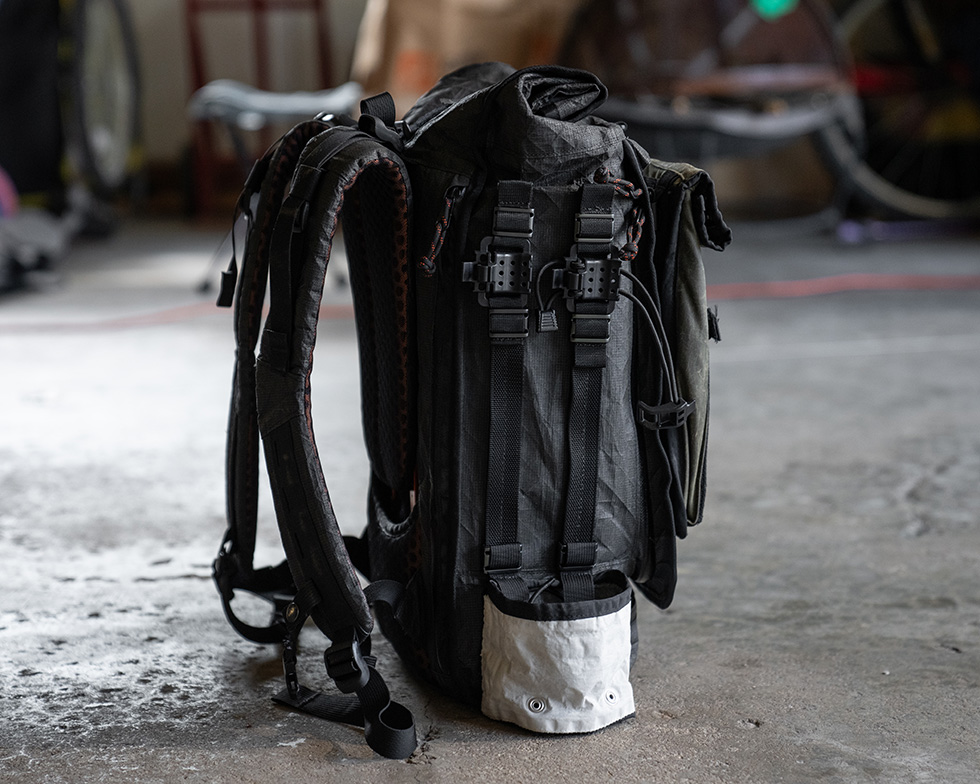
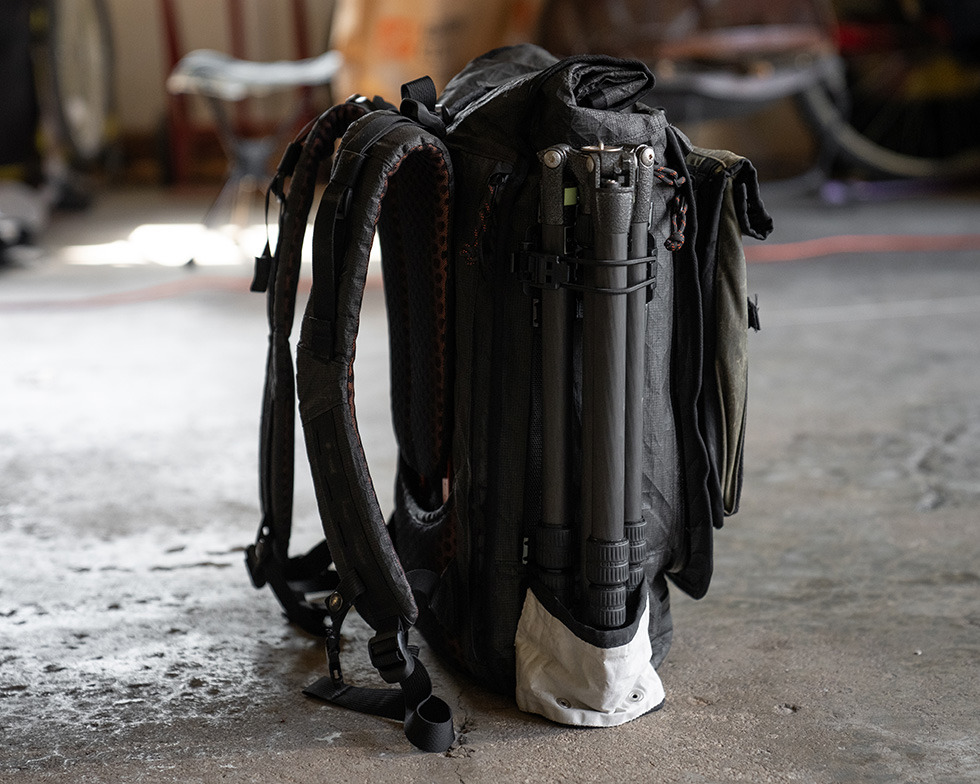
Packing List
Can We Please See Your Current Adventure Packing Setup?
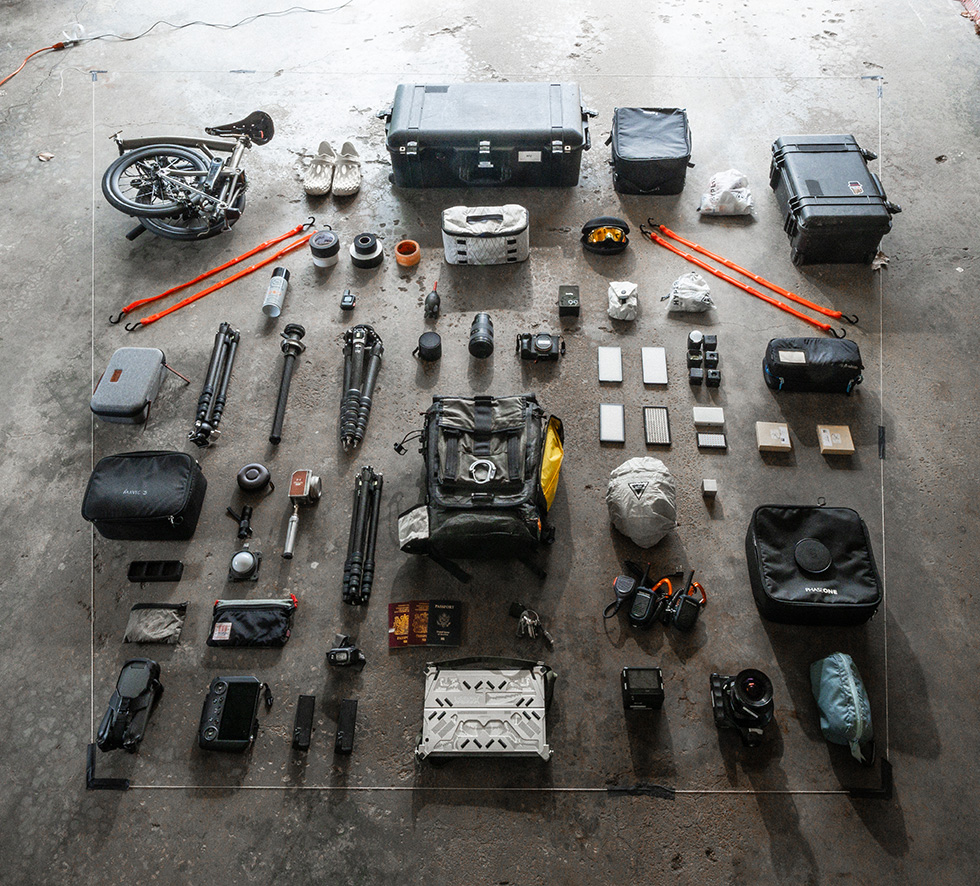
What's Next?
“I’ve made a new series of work using drones and some other new techniques. The work was produced in Cambodia and will be released sometime in September. I’ve been busy with commercial projects for the last two years, so now I’m taking a break over the summer to do more personal projects and get out and do my own thing for a bit.”
ARCA LUX photography by Evan Dudley.
Follow Reuben Wu on Instagram





 Carry Awards
Carry Awards Insights
Insights Liking
Liking Projects
Projects Interviews
Interviews